Salmon and trout fishing in river and lake systems can be an exciting and rewarding experience, especially when you are using Gibbs casting lures such as Croc’s and Koho spoons. These lures have been designed to attract salmon, trout and other fish species with their bright colours, realistic movements, and irresistible action.
-
Gibbs Croc’s and Koho spoons are some of the most popular lures used by freshwater anglers. Both spoons are versatile lures that can be used for casting and jigging. They come in a range of colours and sizes, which makes them suitable for different types of water and weather conditions. When using these lures, it is important to choose the right size and colour for the type of fish you are targeting. Chinook salmon, for example, tend to be attracted to larger lures, while Coho salmon and trout prefer smaller lures. One of the advantages of using Gibbs casting lures is that they are easy to use. Simply cast the lure into the water and retrieve it in a steady motion. You can also vary the speed and depth of your retrieve to mimic the movements of bait fish. Another advantage of using Gibbs casting lures is that they are durable and can withstand the wear and tear of fishing. They are made of high-quality materials that are designed to last for many fishing trips.
-
When it comes to casting Gibbs Croc and Koho lures, the technique you use largely depends on the water conditions and the behaviour of the fish. Here are some popular cast and retrieve methods that anglers use when fishing for freshwater salmon and trout with our casting lures:
-
1. Steady Retrieve: This is the most common technique used by anglers when fishing with Croc's and Koho's. It involves casting the lure out and retrieving it at a steady pace, with occasional pauses or twitches to mimic the natural movement of a wounded bait fish.
-
2. Jerk and Pause: This technique involves casting the lure out and then giving it a sharp jerk, followed by a pause. The jerk mimics the movement of a fleeing bait fish, while the pause allows the lure to sink and attract the attention of nearby fish.
-
3. Jigging: This technique involves casting the lure out and then jigging it up and down in the water column. It’s a popular technique for fishing in deeper waters where salmon and trout are known to congregate.
-
Regardless of the technique you use, it’s important to pay attention to the water conditions and the behaviour of the fish to determine the most effective method for catching your limit. When it comes to salmon and trout fishing in freshwater with casting lures, the colour of your lure can make all the difference. The right colour can attract more fish and increase your chances of landing a big catch. However, choosing the right colour can be tricky.
-
Here are some tips for selecting the right colour based on the weather and water conditions:
-
Water Clarity
-
Water clarity plays a significant role in determining the colour of the lure you should use. If the water is clear, use a natural-looking lure that imitates the prey of the salmon. If the water is murky, use a bright or dark lure that will stand out and attract the attention of the salmon or trout.
-
Weather Conditions
-
The weather can also impact the colour of the lure you should use. On bright sunny days, use a lure that reflects light, such as a silver or brass lure. On cloudy or overcast days, use a lure that contrasts with the water, like a brightly coloured lure.
-
Time of Day
-
The time of day can also influence the colour of the lure you should use. In the early morning or late evening, when the sun is low, use a darker lure that will stand out in the low light. During the midday when the sun is high, use a brighter lure that will reflect the sunlight.
-
Type of Water
-
Different types of water require different colours of lures. In clear, shallow water, use a natural-looking lure that blends in with the surroundings. In deeper water, use a brightly coloured lure that will be visible from a distance.
-
Choosing the right colour of lure can be the difference between a successful fishing trip and coming home empty-handed. By understanding how water clarity, weather conditions, time of day, and type of water impact the colour of the lure you should use, you can increase your chances of landing a big catch. Remember to experiment with different colours and pay attention to what works best for your fishing location.
-
Please keep in mind, as an angler, it is important to practice safe fish handling to ensure the well-being of the fish population and to follow local regulations. When handling fish to release, always wet your hands before touching them to prevent damaging their protective slime layer. Use proper tools such as pliers to remove hooks and release the fish quickly and gently back into the water. Follow catch and release guidelines and limit your catch to ensure sustainable fishing practices. Be aware of local regulations such as size and bag limits, fishing seasons, and restricted areas. By practicing safe fish handling and following local regulations, we can all do our part to protect and preserve our natural resources for future generations.
-
-


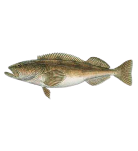
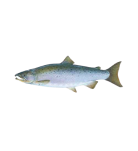
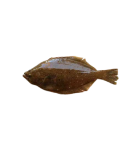
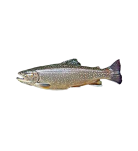
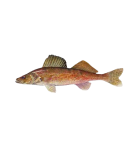
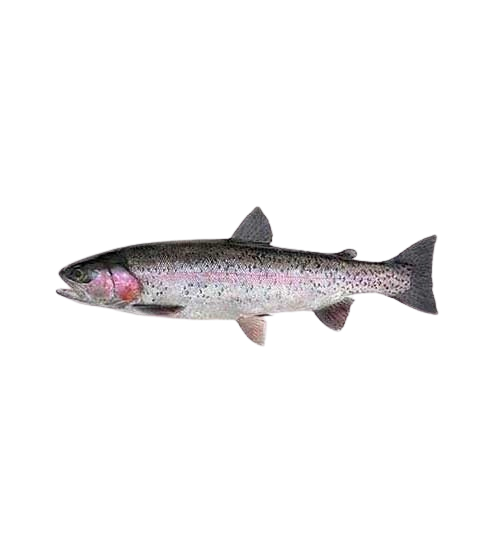
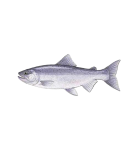
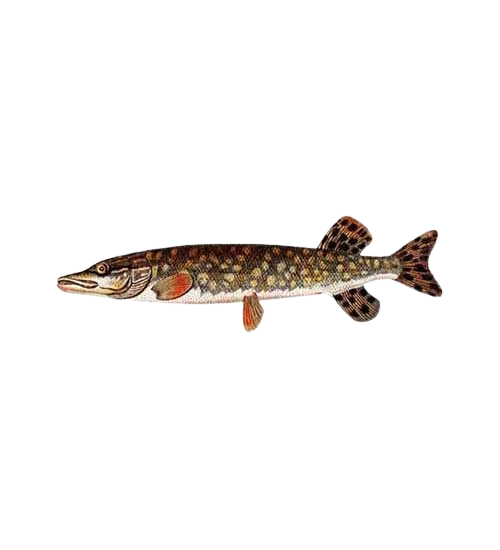
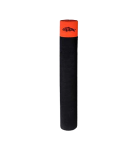
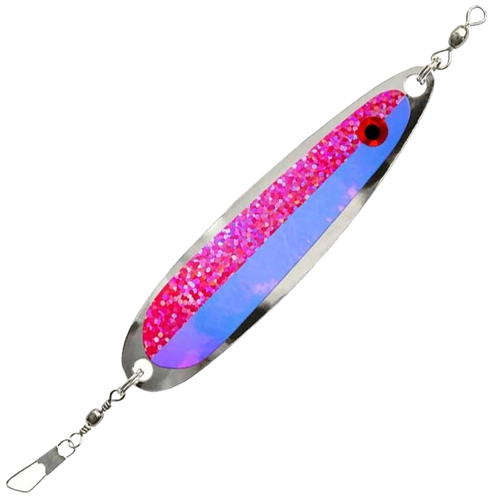
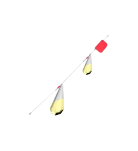
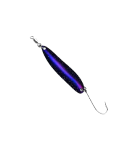
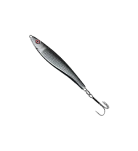

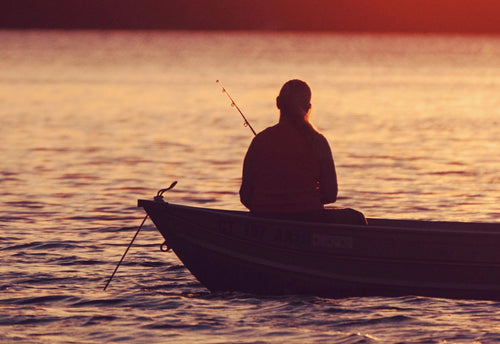
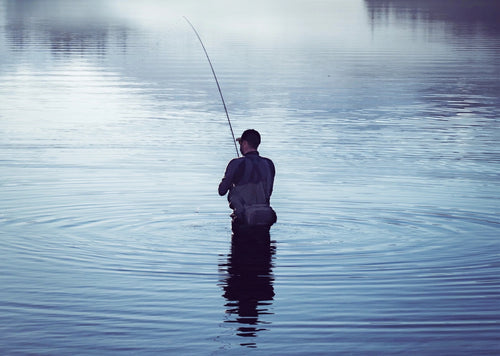
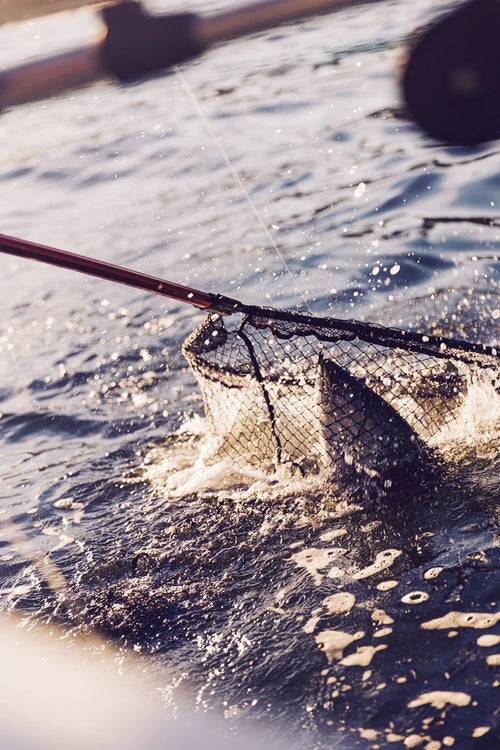
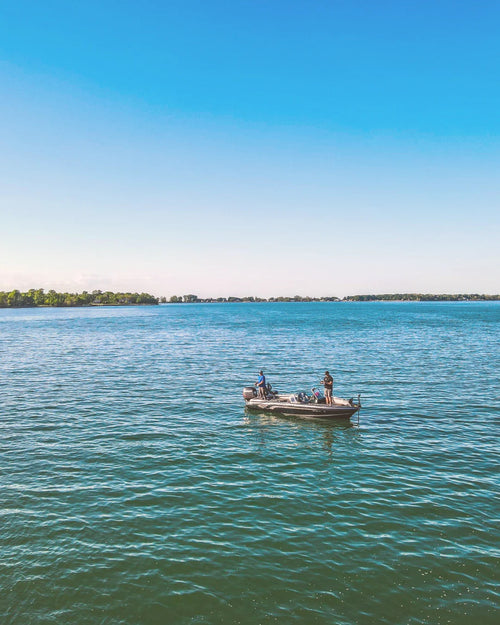

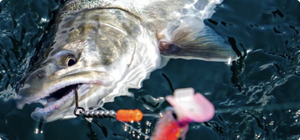
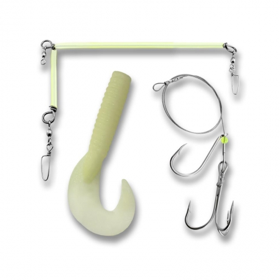
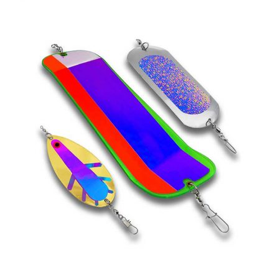
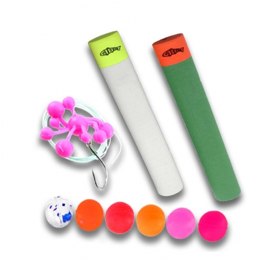
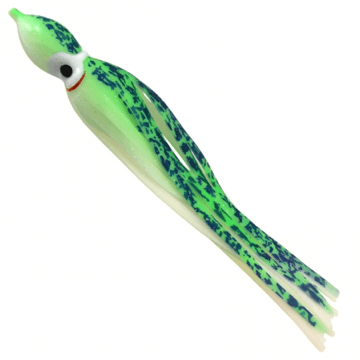
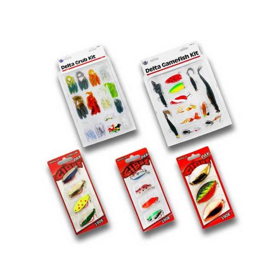
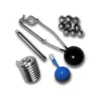
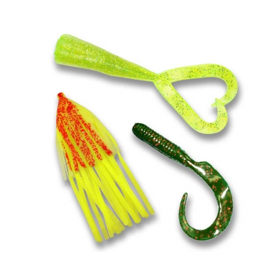
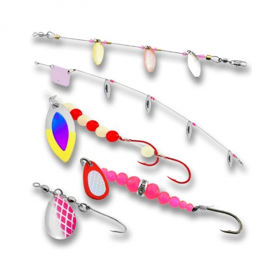
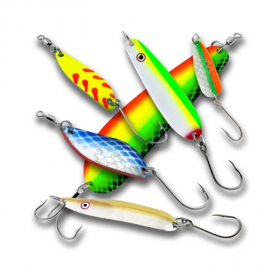
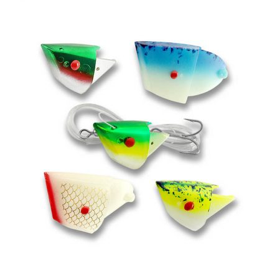
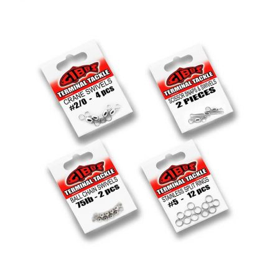
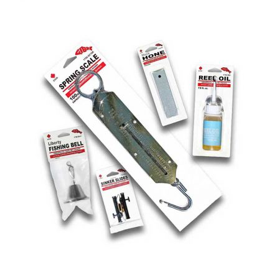
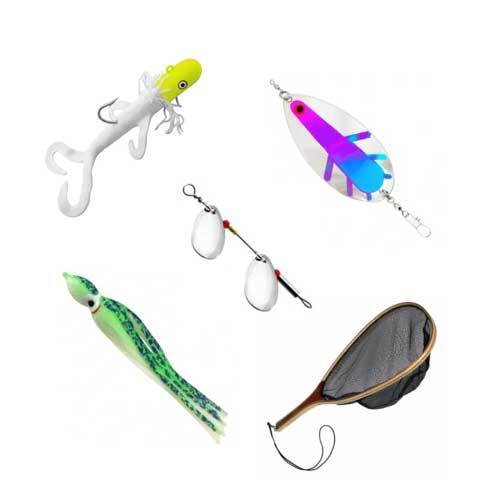
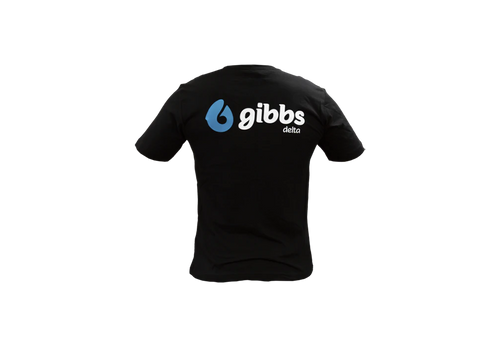
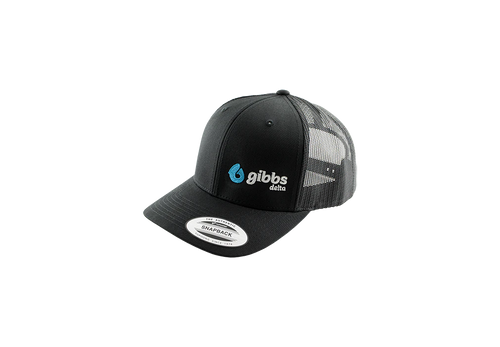

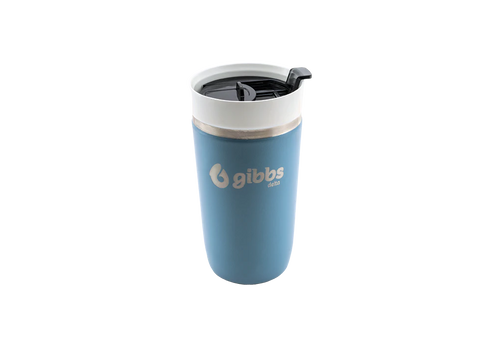

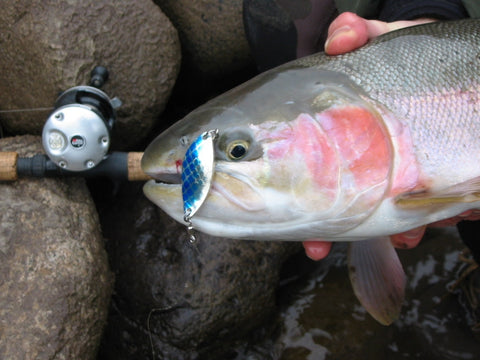
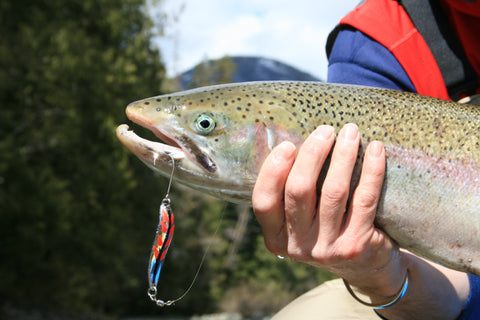




Leave a comment